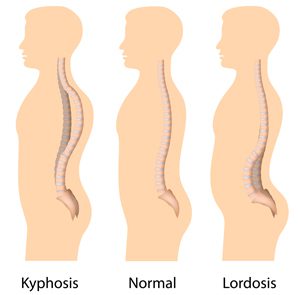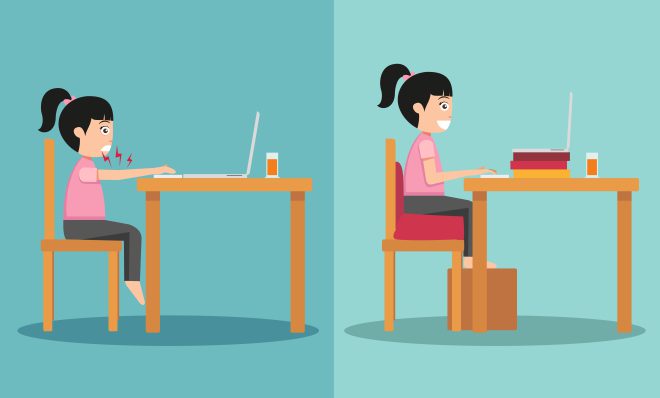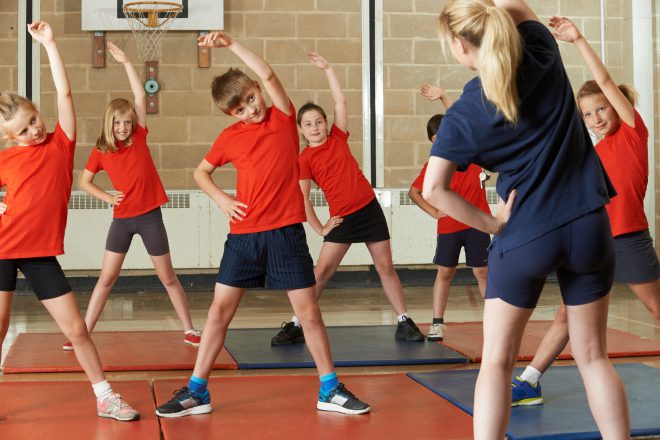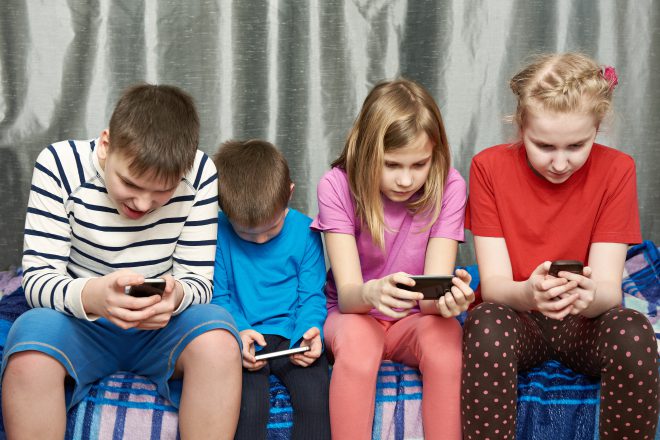The world is ever changing and as Technology advances are becoming less active as individuals. More time is spent sitting than doing activity and this is also becoming more evident in our children. The increasing availability to Computers, Phones, Tablets, and Televisions is changing the way children are growing up and this can be clearly seen in the increasing prevalence of poor posture, muscle weakness and back pain in children.
Scoliosis
When we view the spine from behind, the scoliosis can be seen with a change in curvature to one side and a compensatory curve to the other side either above or below. It is difficult to determine which was the first curve and which was the compensation.
The muscles on the side to which the spine curves are usually stronger and shorter than the corresponding muscles on the other side.this posture change can be seen when 1 shoulder is higher than the other or when there appears to be a difference in leg length.

Kyphosis
This can be seen when we are viewing the spine from the side. The upper back should have a slight curve and the head should be positioned so that the ears and shoulders line up. In a kyphotic posture, the upper back becomes too rounded and this results in the head being placed in the incorrect position. The body then compensates by pushing the chin forward so that the eyes stay in the correct position (poking chin).
This posture is very common in children due to poor sitting and computer posture. It can also develop because of poor eyesight. This results in shortening of the chest muscles in the front and weakening of the upper back muscles. At the same time, the muscles of the front of the neck become weak and the back neck muscles shorten.
This posture is often the cause of headaches in children!

Lordosis
This abnormal posture is best seen from the side and appears as a “hollow” lower back. In the normal position, the hips should be straight and line up with knees and ankles. When a lordosis occurs, the hips become more flexed and the knees start to hyperextend.
This is usually due to stomach muscle weakness and can come from inactivity. As the stomach muscles weaken, the lower back muscles get stronger and thus makes the hollow back worse. At the same time the hip muscles shorten due to too much sitting and the hamstring muscles get weaker.
This posture is often the cause of lower back pain in children!
FACTORS CAUSING POOR POSTURE IN CHILDREN
[arrow_list_two]
- Musculo-skeletal system problems
- Eye problems
- Ear problems
- Central nervous system disorders
[/arrow_list_two]

ADVICE FOR PARENTS
[arrow_list_two]
- Encourage good posture from early on. Poor posture develops over time and we always want to prevent the abnormal postures from developing.
- Ensure correct sitting positions when sitting doing homework, watching television or playing games. Ideally your child should sit upright with both feet on the floor and have a cushion in the lower back to rest against.
- Exercise and activity are very important. There should be balance between active exercise and indoor electronic activity. Try and encourage 1 hour gaming with 1 hour exercising for older children. For younger children try limiting the gaming to 30-45 minutes at a time.
- Good foot wear and foot health is essential for good posture. Look for shoes with the correct support or get inserts if needed. Bare foot walking on sand and grass is also a very good foot exercise
- The bed should be firm and supportive, but not too hard to be uncomfortable. It should keep the spine in a good position no matter what sleeping posture children adopt.
[/arrow_list_two]




